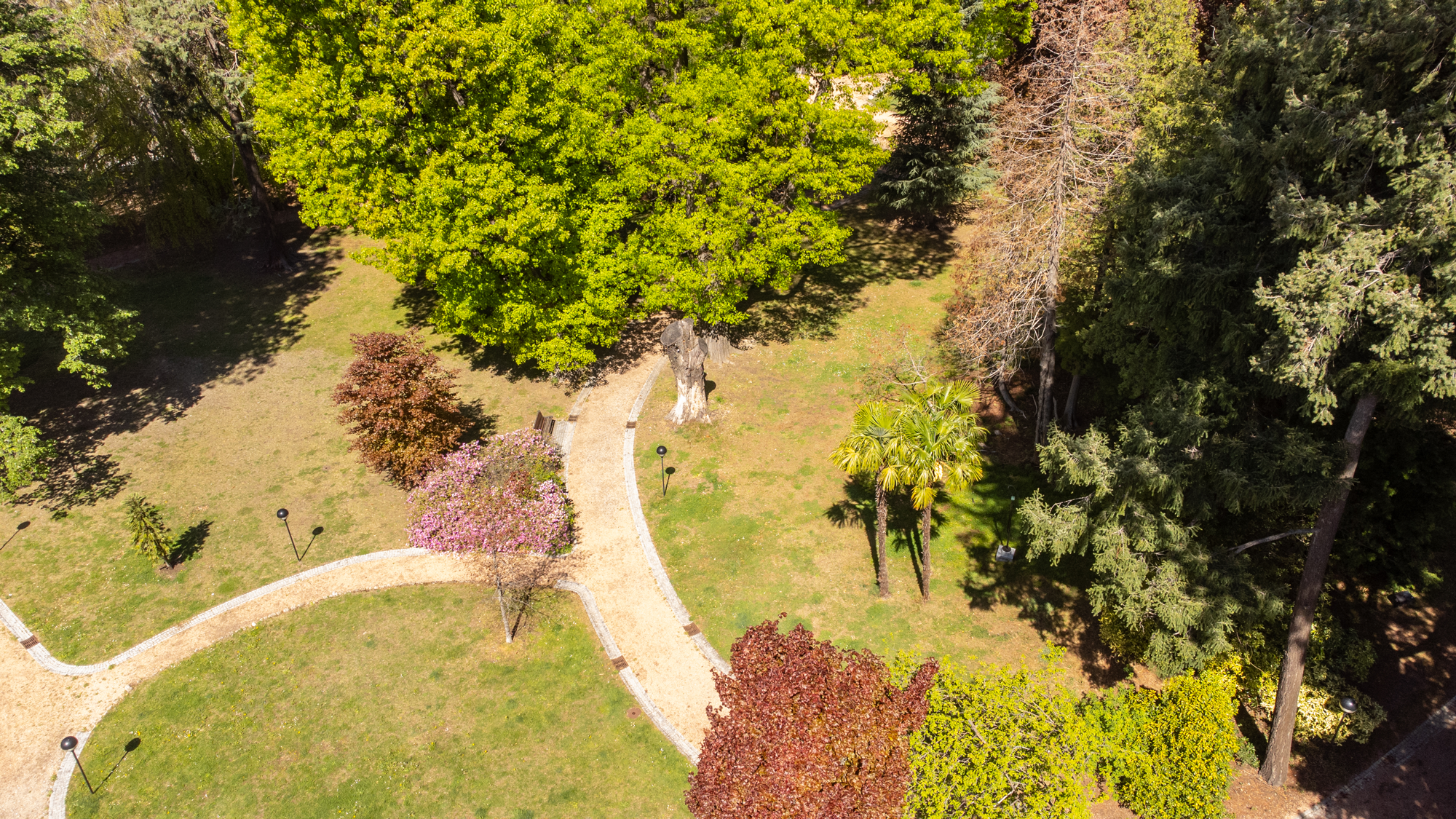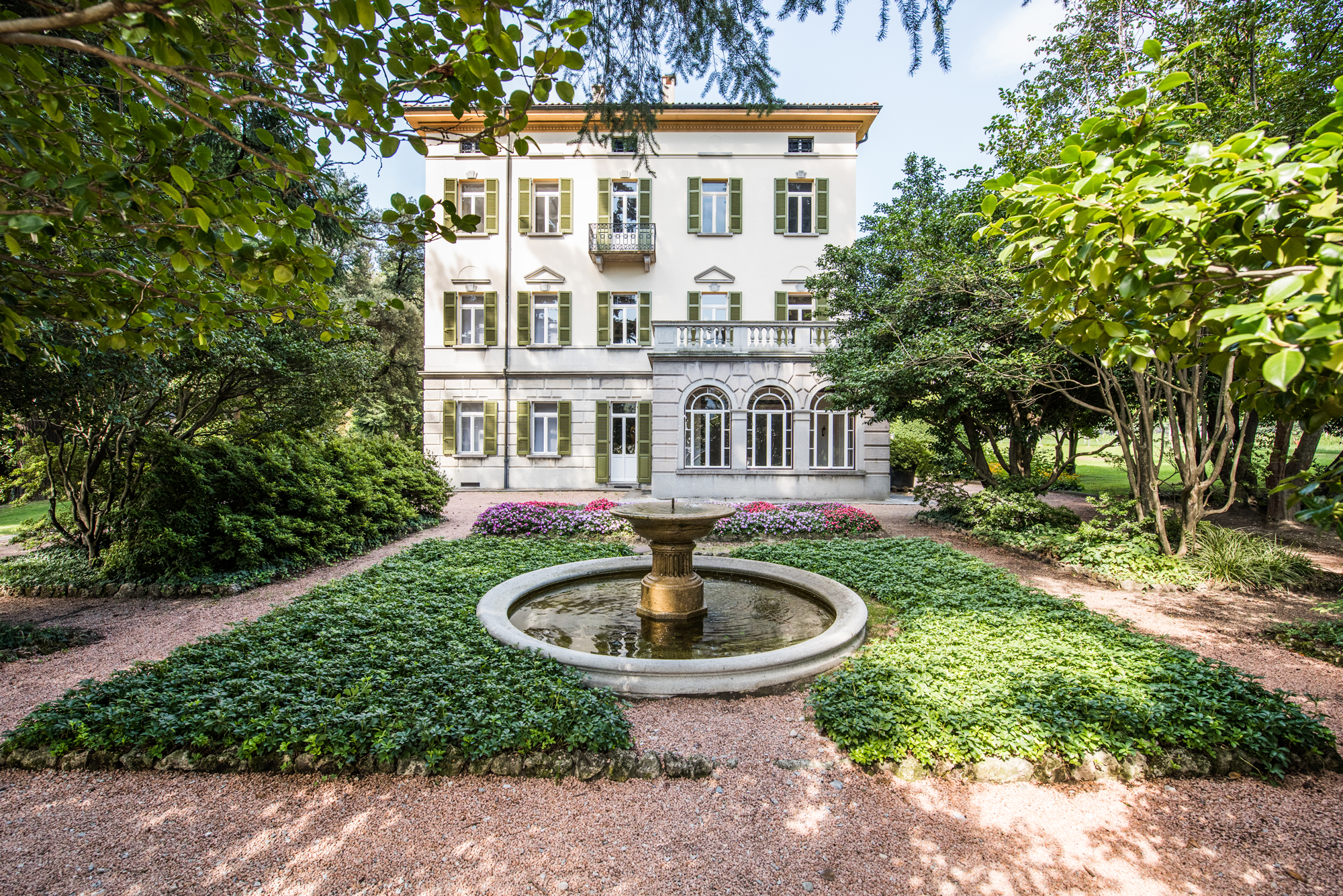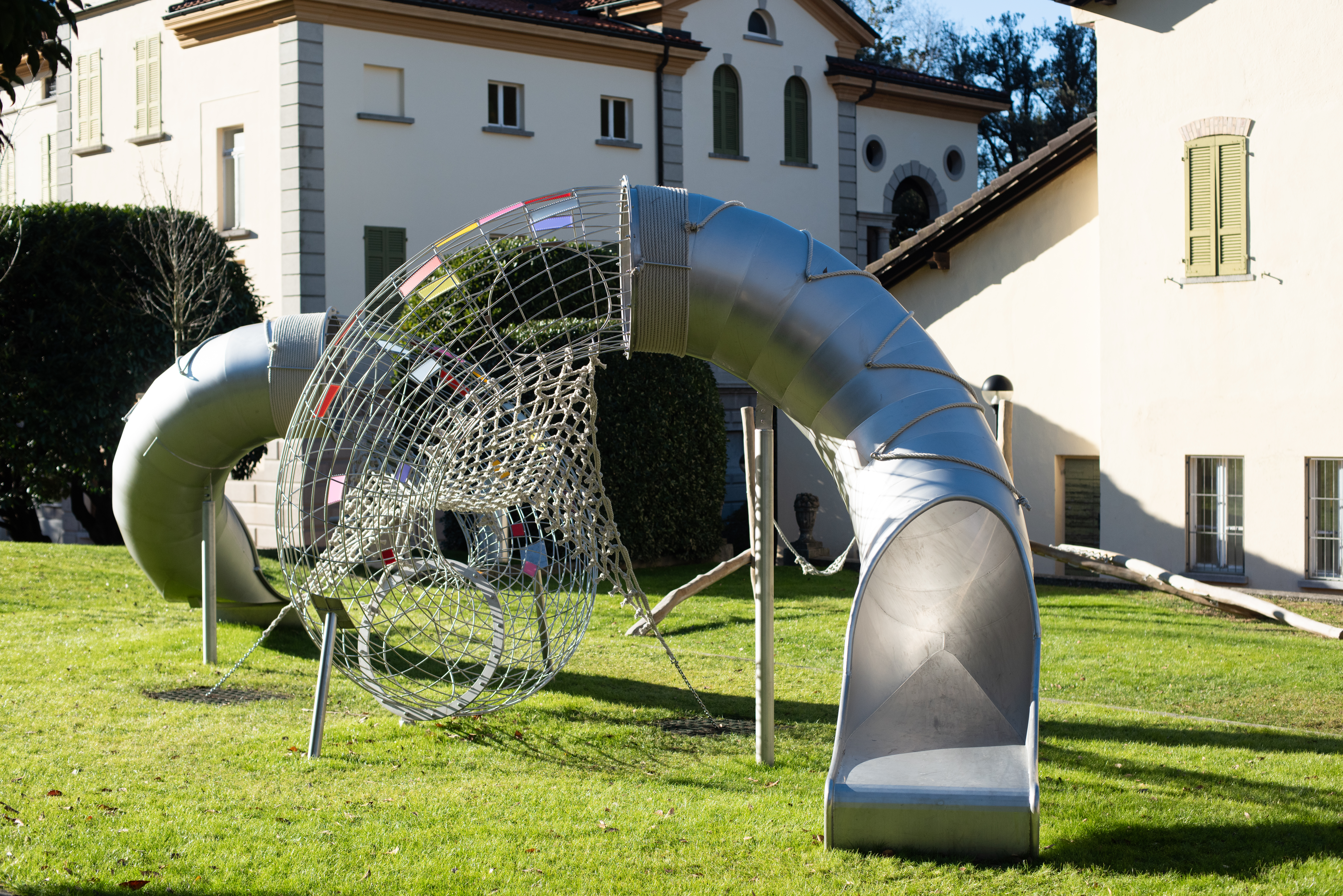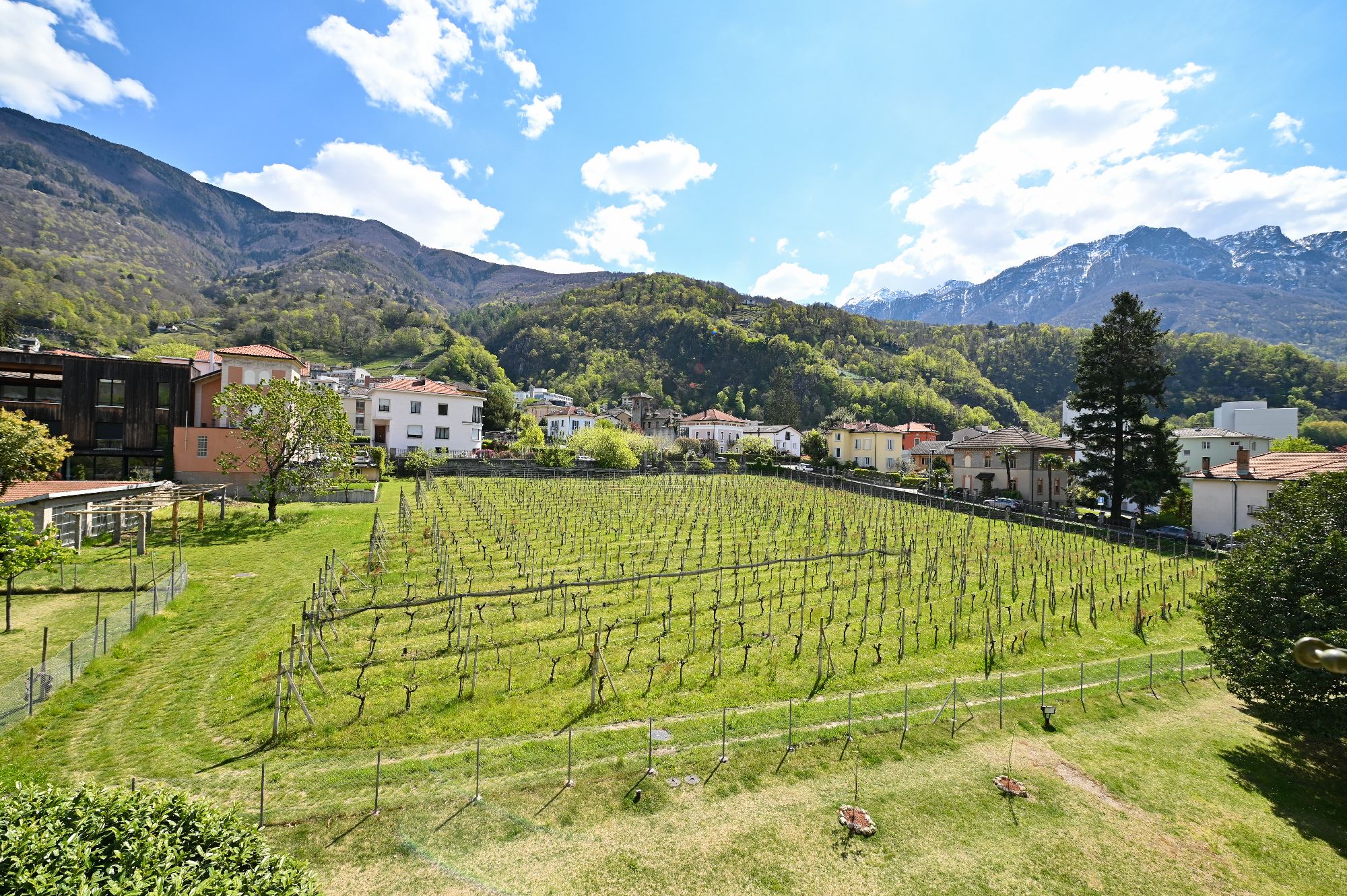|
|
|
|
One garden, four different styles |
|
As well as being habitat, every garden is a space defined by careful thought. That is evidenced in particular in the Villa dei Cedri garden through the four completely different zones (the “English” landscaped garden, the “Italian-style” garden, the service area with a children’s playground and the cultivated garden). Each of these distinct zones is a manifestation of history, thought and ideas. It is important to preserve, clarify and expand this character so that each individual visitor can engage in a dialogue with these ideas in the garden.
Despite the clear division into four separate sections and highly contrasting design styles, the areas fuse into a comprehensive and harmonious overall concept. The result is that the Villa dei Cedri garden is a unique structure. |
|
The “English” landscaped garden The “English” landscaped section lies at the very heart of the garden. Located to the west of the villa and extending over some 10,000 square metres, it is a classic example of a nineteenth century garden. Its symmetrical layout and paths create a strong relationship with the museum building, reinforcing its function also as an exhibition area with sculptures taken from the permanent collection (Paolo Bellini, Giovanni Genucchi, Flavio Paolucci, Pierino Selmoni, Vittorio Tavernari) and temporary installations.
Several paths lead the visitor through the impressive ornamental vegetation that consists mainly of groups of ancient trees (evergreen oak, magnolia, beech, ash, oak) and conifers (cypress, Douglas fir, yew and sequoia) and four young cedars (ranging in age between 25 and just 2 years in 2023).
From San Biagio square, to the north of the estate, a secondary access point – now the main means of access to the museum – leads visitors to the villa entrance along a tree-lined route with laurels and ornamented at the end with natural stone columns that once formed the base of the pergolas. 
|
|
The “Italian” garden
A formal “Italian-style” garden was created in the 1930s to the south of the site facing the veranda, laid out with paths and laurels in geometrical patterns around a classical central fountain. This is a garden in the late Renaissance style typified by a geometrical subdivision of the spaces. The vegetation consists mainly of bushes and hedges. The “Italian” garden at the Villa dei Cedri engages in a dialogue with the interior of the building, the veranda that was created on the occasion of the restructuring work in the 1930s. 
|
|
The service area
Behind the dépendance, which today houses the museum offices and library, the service area, with its playground, is designed mainly as a recreational spot for families and children.
The playground at the Villa dei Cedri is typified by the plasticity and unified nature of the principal recreational structure, developed and built specifically to harmonise with the section of the garden behind the villa. The structure, consisting of a tubular metal grid with coloured acrylic inserts and natural cord elements, provides two swings at the ends, together with a range of climbing opportunities, and is designed to enable several children of different ages to play at the same time. The recreational facilities are rounded off by a fun jump and two mini-seesaws (one with an ordinary seat and one with a baby seat) made of robinia wood and natural cord. A table with seating is also provided. 
|
|
The cultivated garden
The section of the garden that extends down a slope to the east of the villa was set aside for production and cultivation. The little walls that can still be seen indicate the original position of the greenhouse, the washroom, the vegetable garden and the henhouses. However, much of the existing area is still given over to winemaking, notably the City of Bellinzona’s own red and white Merlot varieties.
The orchard that adjoined the vineyard and extended along the boundary wall on Via Rompeda has disappeared today. Each year since 2021, on Green Day and in cooperation with the Ticino Natural Sciences Society, a fruit tree has been planted (cherry, apple, pear, etc.) to reconstitute part of the original orchard. Attention focuses on the diversity of regional species; either local Ticino varieties and/or Pro Specie Rara fruit trees are planted here. 
|
|
|
|
|
|
|
|